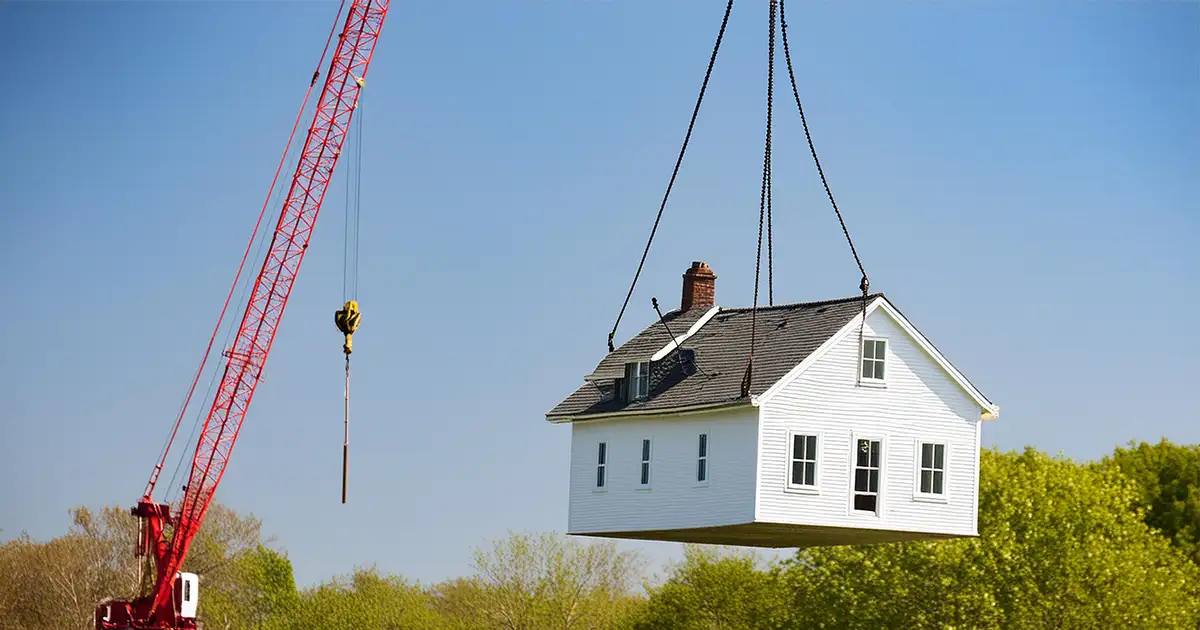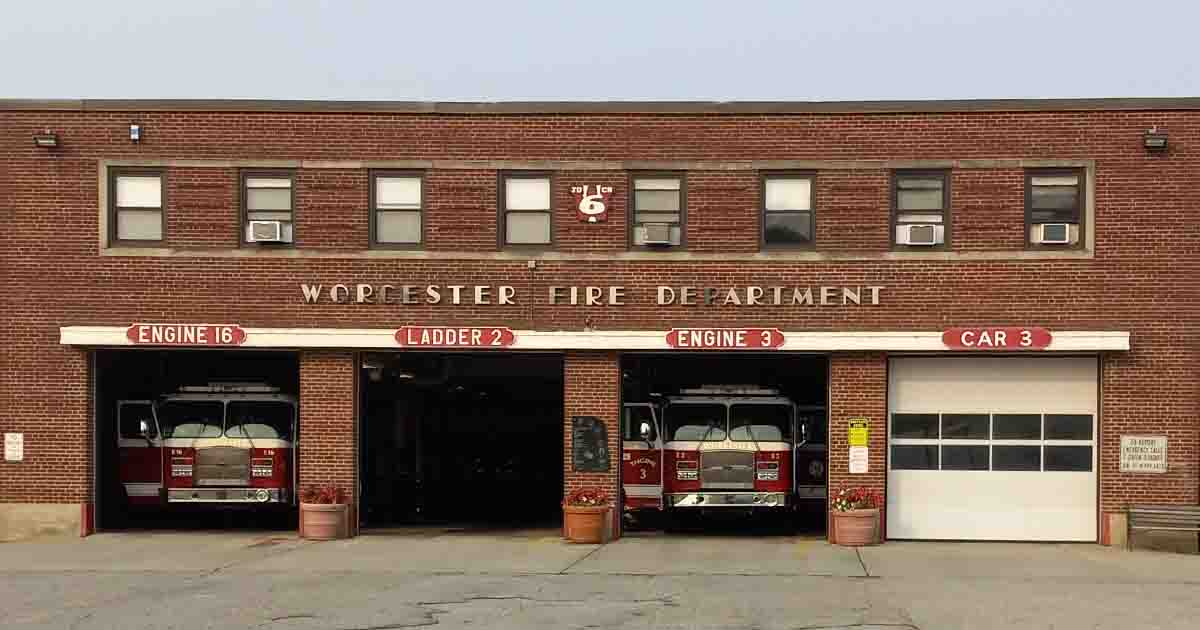Policing technology was heavily debated in Worcester throughout 2021.
Last March, the City Council approved an expansion of funding for the Worcester Police Department to be part of a pilot program for ShotSpotter Connect, by an eight to three vote.
ShotSpotter Connect “…uses artificial intelligence-driven analysis to help strategically plan directed patrols that feature consistent tactics designed to maximize crime deterrence with minimal harm to the community,” according to ShotSpotter, Inc., the company which provides the product.
In December, the City Council banned the use of facial recognition technology and City Manager Edward Augustus implemented an oversight process for new surveillance technology purchases.
Use of predictive models in law enforcement, often called predictive policing, is a controversial subject. Supporters say predictive policing is more effective than traditional methods of crime forecasting. Some also argue that these technologies also protect against bias, as the algorithms analyze only the data, without human bias.
Critics argue predictive policing presents the risk of replicating past bias, as it relies on analysis of historical data. That history led to mass incarceration and disproportionate outcomes.
The United States incarcerates nearly 2.2 million people, a rate of 737 people per 100,000. Both are the highest in the world. The second highest total is China, with 1.55 million people incarcerated while Russia has the second highest rate with 615 people per 100,000 behind bars.
In the United States, around 13% of the population is Black, while 40% of the prison and jail population is Black.
Gunshot Detection System
While Worcester public officials, interest groups and residents debated ShotSpotter’s newest product, its centerpiece product was in its seventh year since being deployed in Worcester in 2014. The ShotSpotter gunshot detection system uses acoustics gathered from microphones throughout the coverage area to identify gunshots and triangulate the location where they occur.
ShotSpotter’s gunshot detection system now covers 8.6 miles of the city. Springfield, Boston, Dorchester and Brockton also have the system in their cities. According to the Vendor Check Register on the City of Worcester website, Worcester paid $493,146 to ShotSpotter, Inc. in 2021.
Founded in 1996, ShotSpotter Inc. went public in 2017 and generated revenue of $58.2 million in 2021, up 27 percent from $45.7 million in 2020.
How it Works
According to ShotSpotter, its gunshot detection system correctly identifies the sound of a gunshot with 95 percent accuracy with its semi-automated system. When the automated system detects a sound it believes is gunfire, a human operator at ShotSpotter reviews the audio for confirmation.
If confirmed, the Worcester Police Department receives the alert with location and the detected audio. With the ShotSpotter mobile app, officers can listen to the captured audio on route to the location.
With microphones in multiple locations within a target area, the system’s ability to triangulate the location of the detected sound is reportedly highly accurate.
Operational Value of ShotSpotter in Worcester
Three reports released on ShotSpotter in 2021 sought to analyze the system and its value to police departments with the technology deployed. More information on all three reports appears below.
One of those reports, by the City of Chicago’s Public Safety Section of the Office of Inspector General (OIG), sought to determine the operational value of the gunshot detection system. The Chicago report evaluated the number of dispatches to the scene of a ShotSpotter alert and the number of those scenes where evidence of a crime was discovered by responding officers.
ThisWeekinWorcester.com received records from the Worcester Police Department through a public records request and applied the same methodology.
Over the two-year period of 2020 and 2021, ShotSpotter activations resulted in officers dispatched on 597 occasions. In 167 of of those dispatches, representing 28%, evidence of a crime committed was discovered.
Note: Data provided by the Worcester Police Department included incidents categorized as “cancel,” “other,” and “none.” Here, they are considered non-dispatched events and not considered in the table above. There were 42 such incidents in 2020 and 35 in 2021.
Worcester Police Support for ShotSpotter
The Worcester Police Department has defended ShotSpotter’s gunshot detection system and advocated to expand it to its current coverage area of 8.6 miles.
Deputy Police Chief Paul Saucier has taken a lead role in the department’s efforts on ShotSpotter. He described to ThisWeekinWorcester.com several ways the product provides value, despite its cost.
Officer Safety
Saucier said the product enhances officer safety by providing responding officers with information they wouldn’t otherwise have. Responding officers receive the audio, through the ShotSpotter mobile app, captured by the system. They also have high confidence that an incident happened at that location.
Difficulties Pinpointing Locations of Gunshots
When a resident reports hearing a gunshot, the potential area where the shot actually occurred may be up to 1.5 miles away from their location, according to Saucier. While additional reports can help narrow possibilities, the potential area within which the shots took place is impossibly broad for any thorough investigation. Officers will ride through the area, looking for visual signs that warrant further investigation, but have little actionable information.
Police provided two examples of situations where ShotSpotter provided value to investigations that is not represented in the statistical results.
When officers respond to a ShotSpotter activation, they do so with high confidence that an event occurred in the immediate area. A lieutenant with the Worcester Police Department described investigating an area on foot in response to ShotSpotter information and locating a victim behind a Worcester home. He said without the ShotSpotter data, he’d be covering a much larger area and likely driven by the home while surveying, if he passed the home at all.
In another case, an individual fired a weapon into the sky within the ShotSpotter covered area. The responding officer was unable to locate evidence at the scene and would have been appropriate to categorize that call as unfounded. However, personnel at the Real Time Crime Center at the Worcester Police Department reviewed footage from a street camera near the ShotSpotter activation and found video of the incident was captured. Detectives used the video evidence to locate a suspect and take possession of the weapon, which was illegally possessed.
Illegal weapons seized by police are sent to the state crime lab for testing. According to Saucier, weapons are sometimes found to have been used in several crimes after being seized. He also said ShotSpotter has been a valuable tool in taking illegal guns off the street. Those results can take months to return from the State.
Unreported Gunshots
Studies show that residents in many cities report about 20% of total gunshot incident, with some cities finding as little as 12 percent reported. “People don’t want to get involved,” Saucier said. “And I don’t blame them.”
If those shots occur within the area covered by ShotSpotter, residents are seeing police a few minutes later. Saucier believes that’s an important thing for residents to see after they’ve just heard gunshots near their location.
Limitations of Data
The Worcester Police Department also provided information indicating that the number of ShotSpotter activations are greater than the number of incidents captured within the department’s data. The two systems, ShotSpotter and the system that manages deployment data, are not integrated. Without integration of the data, it is not possible for the department to correlate those activations with its deployment data.
While the number of ShotSpotter activations is available by Public Record request, ThisWeekinWorcester.com did not request the full data over the two years covered here. Matching those ShotSpotter activations to dispatch records would not be possible without access to hundreds of case files.
There are other limitations to data collected by the Worcester Police Department.
Incident reports compiled by the department show only one origin. For example, an incident reported by a 911 call and ShotSpotter activation would only show the origin first entered for that incident. This limitation prevents analysis of the number of incidents initiated solely because of a ShotSpotter activation. To determine if a dispatched officer questioned witnesses or investigated any individuals related to a ShotSpotter activation, each individual police report would have to be reviewed.
Lastly, according to the Worcester Police Department, they have no statistical mechanism to track ShotSpotter alerts from response to investigations and prosecutions.
Studies and Reports on ShotSpotter
Three reports were considered in research for this piece and provide information of the experience of other cities.
Chicago Inspector General’s Report
The City of Chicago’s Public Safety section of the Office of Inspector General (OIG) found that between January 1, 2020, and May 31, 2021, there were 50,176 confirmed and dispatched ShotSpotter alerts in Chicago with 41,830 reporting the outcome of the police response. Of those 41,830 results, 4,556, representing 9.1 percent, indicate that evidence of a gun-related criminal offense was found.
According to the final paragraph of the OIG’s report:
“OIG concluded from its analysis that CPD responses to ShotSpotter alerts rarely produce documented evidence of a gun-related crime, investigatory stop, or recovery of a firearm. Additionally, OIG identified evidence that the introduction of ShotSpotter technology in Chicago has changed the way some CPD members perceive and interact with individuals present in areas where ShotSpotter alerts are frequent.”
A summary of the Chicago OIG’s report and a download of the full report is available at the City of Chicago Office of the Inspector General website.
St. Louis Metropolitan Police Department
The Journal of Experimental Criminology published a paper on the city of St. Louis’ experience with acoustic gunshot detector systems. The paper was reprinted in Police Chief Magazine. The lead author, Emily Blackburn, is the manager of the St. Louis Police Department Crime Analysis Unit.
This paper found that “…what seems like an annual commitment per square mile of $65,000–90,000 may thus more likely be $90,000–115,000 annually,” with lost labor hours are considered. It also found that citizen reports fell and concluded that “Annual citizen-initiated calls in the impacted neighborhoods may drop from about 3,700 to about 2,800, but because AGDS add 3,400 new calls per average year, the new annual average hovers around 6,200 calls for service, a 67% increase in service calls.”
New York School of Medicine
This study looked at the effects on gun violence and homicides in cities with ShotsSpotter compared to data from 68 cities without the system.
It found that “…implementing ShotSpotter technology has no significant impact on firearm- related homicides or arrest outcomes.”
This study can be found here.
Updated March 21, 2:58 PM, to correct the year of initial public offering by ShotSpotter, Inc., which was 2017, not 2007.









